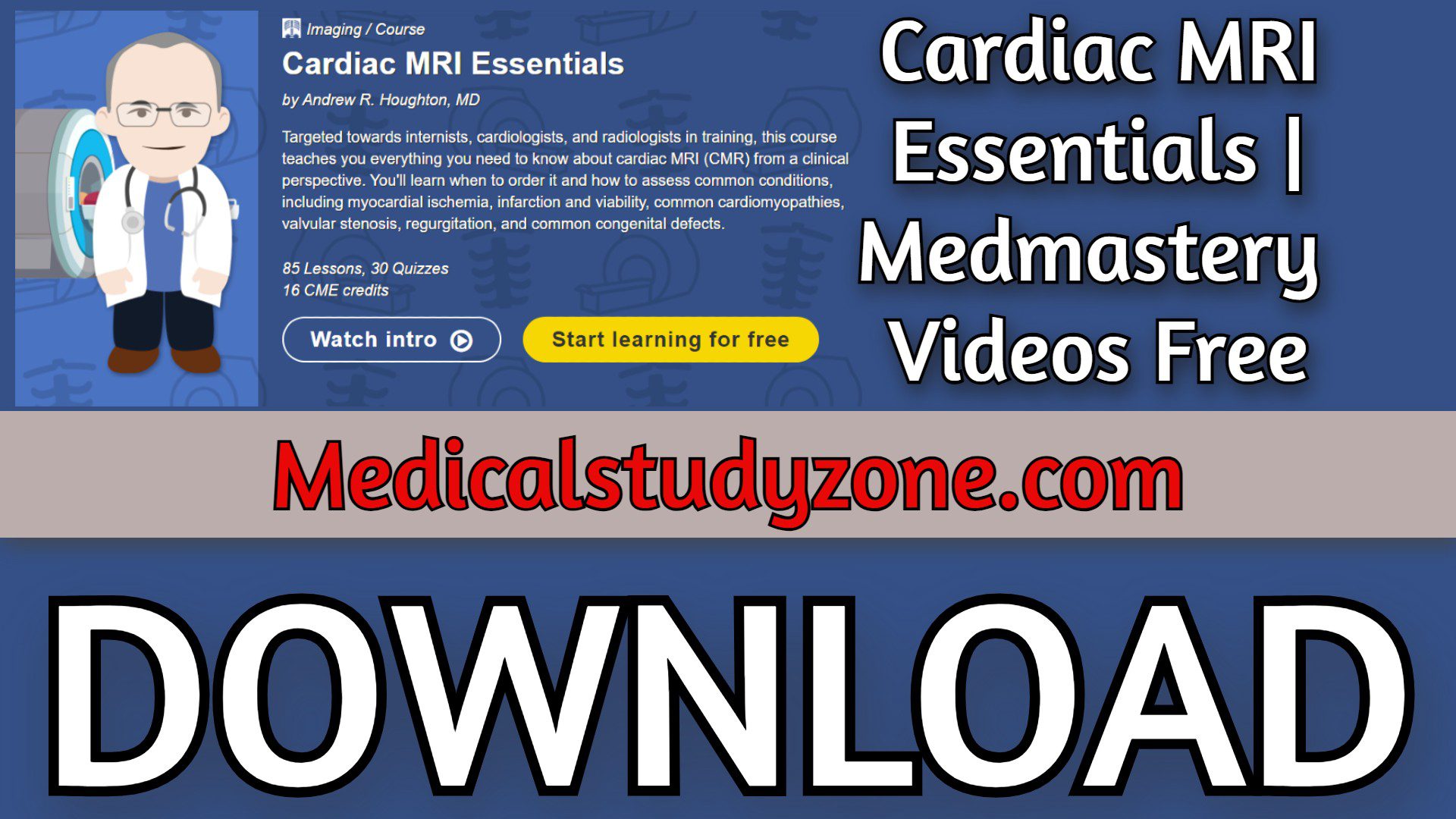Taking medical history of a patient is an important step in diagnosis and in treatment of the diseases. Now we are going to discuss How to take Medical History of a Patient in easy way so you can remember it. Let us begin.
I. Chief Complaint
A. Brief statement of primary problem (including duration) that caused family to seek medical attention
II. History of Present Illness
A. Initial statement identifying the historian, that person’s relationship to patient and their reliability
B. Age, sex, race, and other important identifying information about patient
C. Concise chronological account of the illness, including any previous treatment with full description of symptoms (pertinent positives) and pertinent negatives. It belongs here if it is relates to the differential diagnosis for the chief complaint.
III. Past Medical History
A. Major medical illnesses
B. Major surgical illnesses-list operations and dates
C. Trauma-fractures, lacerations
D. Previous hospital admissions with dates and diagnoses
E. Current medications
F. Known allergies (not just drugs)
G. Immunization status – be specific, not just up to date
IV. Pregnancy and Birth History
A. Maternal health during pregnancy: bleeding, trauma, hypertension, fevers, infectious illnesses, medications, drugs, alcohol, smoking, rupture of membranes
B. Gestational age at delivery
C. Labor and delivery – length of labor, fetal distress, type of delivery (vaginal, cesarean section), use of forceps, anesthesia, breech delivery
D. Neonatal period – Apgar scores, breathing problems, use of oxygen, need for intensive care, hyperbilirubinemia, birth injuries, feeding problems, length of stay, birth weight
V. Developmental History
A. Ages at which milestones were achieved and current developmental abilities – smiling, rolling, sitting alone, crawling, walking, running, 1st word, toilet training, riding tricycle, etc (see developmental charts)
B. School-present grade, specific problems, interaction with peers
C. Behavior – enuresis, temper tantrums, thumb sucking, pica, nightmares etc.
VI. Feeding History
A. Breast or bottle fed, types of formula, frequency and amount, reasons for any changes in formula
B. Solids – when introduced, problems created by specific types
C. Fluoride use
VII. Review of Systems:
(usually very abbreviated for infants and younger children)
A. Weight – recent changes, weight at birth
B. Skin and Lymph – rashes, adenopathy, lumps, bruising and bleeding, pigmentation changes
C. HEENT – headaches, concussions, unusual head shape, strabismus, conjunctivitis, visual problems, hearing, ear infections, draining ears, cold and sore throats, tonsillitis, mouth breathing, snoring, apnea, oral thrush, epistaxis, caries
D. Cardiac – cyanosis and dyspnea, heart murmurs, exercise tolerance, squatting, chest pain, palpitations
E. Respiratory – pneumonia, bronchiolitis, wheezing, chronic cough, sputum, hemoptysis, TB
F. GI – stool color and character, diarrhea, constipation, vomiting, hematemesis, jaundice, abdominal pain, colic, appetite
G. GU – frequency, dysuria, hematuria, discharge, abdominal pains, quality of urinary stream, polyuria, previous infections, facial edema
H. Musculoskeletal – joint pains or swelling, fevers, scoliosis, myalgia or weakness, injuries, gait changes
I. Pubertal – secondary sexual characteristics, menses and menstrual problems, pregnancies, sexual activity
J. Allergy – urticaria, hay fever, allergic rhinitis, asthma, eczema, drug reactions
VIII. Family History
A. Illnesses – cardiac disease, hypertension, stroke, diabetes, cancer, abnormal bleeding, allergy and asthma, epilepsy
B. Mental retardation, congenital anomalies, chromosomal problems, growth problems, consanguinity, ethnic background
IX. Social
A. Living situation and conditions – daycare, safety issues
B. Composition of family
C. Occupation of Parents.
OR
Follow this short guideline of taking medical history of a patient.
Biodata: Name: Sex: Age: Weight:
D.O.A: T.O.A: S.O.A:
Address:
C/C:
Complaint Duration
I.
II.
III.
IV.
H.O.P.I:
Past Medical History:
Major medical illnesses:
Major surgical illnesses-list operations and dates:
Trauma-fractures, lacerations
Previous hospital admissions with dates and diagnoses
Current medications
Known allergies (not just drugs)
Immunization status – be specific, not just up to date:
Pregnancy and Birth History:
Maternal health during pregnancy:
Gestational age at delivery:
Labor and delivery:
Neonatal period:
Developmental History:
Gross Motor
Fine Motor
Cognitive
Hearing
Social
Feeding History
Breast or bottle fed
Weaning
Fluoride use
Review of Systems:
Weight ( Changes Recent/Birth)
Skin and Lymph
HEENT
Cardiac
Respiratory
GI
GU
Musculoskeletal
Allergy
Family History:
Social:
Living situation and conditions
Composition of family
Occupation of parents
Other:
If you have any question, let us know in the comment box below.









Very nice post!
The History of Present Illness can be streamlined a bit with the mnemonic – OLDCARTS
Onset
Location
Duration
Character
Associating Factors, Alleviating factors
Relieving Factors
Temporality
Severity
Also the review of systems can be organized in a ‘top-down’ format to also streamline these questions.
Cheers
Thanks for the mnemonic brother❤
What if a carer of an adult,, gathering his history, has memory loss, accessing medical records, root injury file is missing, how do you treat a patient correctly, when root illness is missing, GP may diagnose from symptoms of a story teller with neurologucal injury, how can patient or GP if neither include the carer, the evidence gatherer who is a parent dismissed as companion for appts
You cannot rely solely on history. You will also look for sign and symptoms and will do relevant investigations.